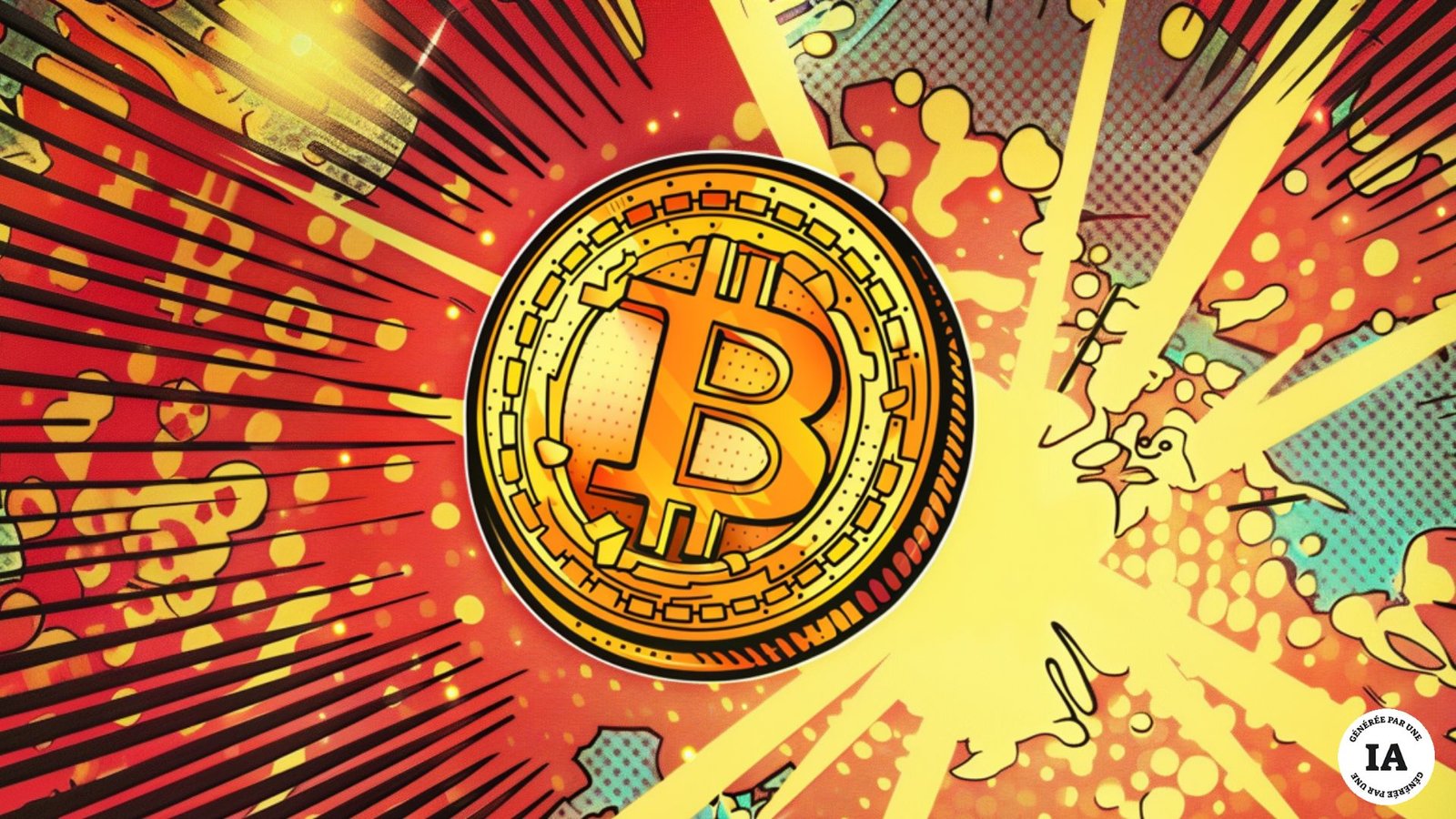As Bitcoin’s halving approaches, new studies are pessimistic about its effect on the cryptocurrency’s price. Some believe that the halving will not increase, others think it will cause them to decrease.
He is getting closer and closer, but the uncertainty still hovers around him. Bitcoin halving, an event that shakes up the cryptocurrency world every four years, must happen on the night of April 19-20, 2024, and many people are waiting for it. But for once the predictions concerning him are not really optimistic.
Until then, a halving always led to an increase in the price of Bitcoin and, subsequently, the entire cryptocurrency sector. The operation, which consists of halving the rewards of Bitcoin miners, creates a shortage of supply that must mechanically increase prices. However, more and more experts believe that this halving could be different: it could cause prices to stagnate, or even drive them down.
Can prices be halved?
Until then, the consensus was that the halving would lead to higher prices. However, a Coinbase study published in March and distributed by CoinDesk estimated that bitcoin’s price would not necessarily be dragged down by this reduction. Indeed, Bitcoin’s recent record high would be largely due to the excitement generated by the arrival of Bitcoin ETFs on the market – and that surge would be cut in half in advance.
Coinbase was the first to advocate this somewhat pessimistic view, but now it’s not the only one: Deutsche Bank also predicts no post-halving rally, in a report shared with CoinDesk. The bank even goes so far as to say that the “rally”, the rise in prices of the entire cryptocurrency sector that usually followed a halving, had very little chance of happening.

However, the report does not dampen all investors’ hopes. “ We continue to expect prices to remain elevated due to expectations of future ETF approvals, future central bank rate cuts and regulatory changes », says Deutsche Bank in its report.
But not everyone is so optimistic: JPMorgan now expects bitcoin to plummet. According to its analysts, the value of Bitcoin, which currently hovers around $60,000, is overvalued and therefore susceptible to adjustments. According to JPMorgan, bitcoin could fall back to around $42,000 after the halving – a 30% drop in its price.
Example of Bitcoin Cash
Another indicator that all is not well for Bitcoin: Bitcoin Cash price development. Bitcoin Cash, a cryptocurrency variant from a fork in 2017, it recently had a halving that took place in early April. This first caused the price of the cash to rise, with investors buying up the cryptocurrency in anticipation. Once the dip had halved, the price also continued to rise: a 10% increase was recorded immediately afterwards.
However, the celebrations were short-lived: once the halving happened, many miners turned away from the blockchain and switched to other networks that brought in more money. This initial wave caused a drop in hashrate (computing power), which in turn caused turbulence on the blockchain. It took at least 30 minutes for some blocks to be mined – and that wait dragged down the price of Bitcoin Cash. Its price dropped from $700 to $450, a 35% drop. Many observers believe that both cryptocurrencies, Bitcoin and Bitcoin Cash, will follow the same evolution, making JPMorgan’s prediction all the more likely.
